#ttac
Abandoned History: Daewoo Motors, GM's Passport to International Sales (Part III)
After a few successful years building a trio of Toyota models (Corona, Publica, and Crown), Shinjin was forced to look elsewhere for a business partner. Toyota wanted to sell cars in China, and China forbade any company that sold products on its shores from having operations in South Korea. As expected, the government stepped in and assisted in a new deal between Toyota, Shinjin, and General Motors.
The deal was finalized in 1972 and saw Toyota sell its stake in Shinjin directly to GM. The 50-50 GM-Shinjin venture saw the latter immediately renamed to General Motors Korea. GMK was immediately the new face of GM product distribution in South Korea. Let’s embark upon a series of particular business arrangements involving Shinjin that didn’t last very long.
Abandoned History: The Austin Allegro Story, a Fine Motorcar (Part I)
Today we embark on the story of the small British car made famous long after its demise by a certain BBC car program. It was ugly, poorly made, and had a nasty reputation while it was still on sale. We're speaking of course about the Austin Allegro. Prepare yourself for the forward-looking new car from British Leyland.
Abandoned History: The Life and Times of Edsel, a Ford Alternative by Ford (Part VIII)
Edsel’s first year in 1958 proved very disappointing for the folks at Ford. The company’s unusual styling didn’t click with consumers, there was a sudden recession, and the average American consumer realized they didn’t have to buy a brand new car every year or two. And so it was that Edsel’s seven-model portfolio was reduced to just three for 1959. Leading the charge was the most successful (and cheapest) Edsel, the Ranger. It turned out that for Edsel buyers of 1958, less was more.
Rare Rides Icons: The Lincoln Mark Series Cars, Feeling Continental (Part XVI)
The new Continental Mark III coupe was a smash hit at its debut in 1969. The Thunderbird-based design proved a cost-saving device for the Lincoln-Mercury Division and put the company’s revenue in the black for the first time in a while. After an exceptionally long model year in 1969, regulatory forces, trim edits, and cost-saving measures took place for the model’s second year in 1970. We covered the exterior changes last time, and today slide into bucket seats in our polyester suits.
Rare Rides Personas: Powel Crosley Junior, Tiny Cars, Radio, and Baseball (Part VI)
Powel Crosley Junior’s life was in expansion mode in the late 1920s, both professionally and with regard to real estate. Previously, we covered his AM radio goals via the ever more powerful 700 WLW station, his new company HQ in Cincinnati, and the growth of his personal real estate with new estates in Cincinnati and Sarasota. But those goings-on didn’t distract Crosley from the entrepreneurial interests he always maintained. Let’s talk about airplanes.
Rare Rides Icons: Lamborghini's Front-Engine Grand Touring Coupes (Part XI)
It was a long, uphill battle to get the Espada into production. Seemingly no designer would deliver on Ferruccio Lamborghini’s desire for a four-seat grand touring coupe. While style was fine, outlandish design was unacceptable. Yet designers disappointed him on the Islero (which was supposed to be a real four-seater) and fought him on what became the Espada.
Marcelo Gandini at Bertone was forced to redesign the Espada more than once to comply with Lamborghini’s wishes, even though its Jaguar Pirana looks stayed intact. Gullwing doors were a favorite feature of Gandini’s, but Ferruccio declared they were ridiculous and impractical for such a car. And while the styling was being settled, there was quite a bit of new engineering taking place for the Espada, too.
Rare Rides Icons: In Memoriam, The Chrysler LX Platform (Part II)
As the Chrysler LX platform heads toward its demise after the 2023 model year, Rare Rides Icons is making its way through the various large-ish vehicles that used the platform these past two decades. The starting point for this series are the original LX concepts that never made production. We covered the Airflite (basically a Crossfire hardtop hatchback) last week. And today we’ll take a look at the larger, more luxurious, and more obscure Nassau concept (of which there were two).
Abandoned History: The Life and Times of Edsel, a Ford Alternative by Ford (Part VII)
Thus far in our Abandoned History coverage of Edsel, we’ve made our way through four of the company’s seven models, specifically the ones offered in its introductory year of 1958. Pacer and Citation were sedans that received the immediate ax, while the Roundup and Bermuda were wagon cancellations.
Rare Rides Icons: The Lincoln Mark Series Cars, Feeling Continental (Part XV)
Much to the delight of accountants at Ford’s headquarters in Dearborn, the new Thunderbird-based 1969 Lincoln Continental Mark III was an immediate sales success. It was a case of the right product (a personal luxury coupe) at the right time. The Mark III went head-to-head with its rival and closest competition, the Cadillac Eldorado.
And though the Eldorado nameplate had a long history and was better established than the Mark, Lincoln’s offering topped the Cadillac in sales in its first year. Part of that was down to an exceptionally long first model year that padded the figures, but credit also went to the excitement generated by the Mark. Mark III was all new in 1968 (for the ‘69 model year), while the front-drive E-body Eldorado had been on sale since 1967. Though a few updates happened within its debut model year (that ran from March 1968 to December 1969), product vice president Lee Iacocca knew his pet project needed additional updates to keep consumer interest going.
Honda Pays Ohio Employees a Bonus, Promptly Asks for Part of Its Money Back in Cash
It’s not too common for an employer to ask for a cash repayment from its employees, but that’s exactly what happened late last week near Columbus, Ohio. The sudden chargeback has resulted in angry Honda employees who are balking at their employer’s request.
The Grand Tour's "A Scandi Flick" Crashes, Bangs, and Contrives to Fill Its Length
It’s been nearly three years since The Grand Tour switched its format away from the elaborate traveling tent and to its all-special format. On Friday, Amazon released the fifth such special, and the first “post pandemic” episode (their term, not mine). In “A Scandi Flick,” the familiar trio heads across Scandinavia in three rally-inspired all-wheel drive sedans. It’s certainly not the show’s worst work, but it’s far from the best. You’ll need to suspend disbelief and leave your thinking skills in another room.
Rare Rides Icons: The History of Kia's Larger and Full-size Sedans (Part XIV)
Over 14 installments, we’ve finally reached the conclusion of our coverage of Kia’s midsize and large sedans. The Korean manufacturer’s original offerings were borrowed from other companies, most often Mazda. It’s been a long journey, but we finish our tale today with a promising-looking front-drive sedan that’s off-limits to North America. You might never have heard of it.
Rare Rides Icons: Lamborghini's Front-Engine Grand Touring Coupes (Part X)
In 1968, Lamborghini launched two new front-engine grand touring coupes at the same time. It was only the second time the company introduced two new models in the same model year. The two cars in question were the restrained and conservative Islero 2+2, and the larger more in-your-face Espada. While we covered Islero’s rapid demise previously in this series, the four-seat Espada had a much more successful life.
It was the realization of a large four-seat coupe from company founder Ferruccio Lamborghini, who’d wished for a car of said type since the company’s inception. The short-lived Islero turned into a last-of-moment for Lamborghini, as its sales flop proved the company with the raging bull logo was better served by more exciting, outlandish designs.
We covered Espada's styling in our previous entry. Penned by Marcelo Gandini at Bertone, the Espada was nearly a Xerox copy of the Jaguar Pirana concept, at 125 percent magnification. But its large size and generous interior space for four caused some new challenges for Lamborghini’s engineers; the road to the production Espada was not a smooth one.
Rare Rides Icons: In Memoriam, The Chrysler LX Platform (Part I)
Big change is in the air at Chrysler and company these days, as the rear-drive LX platform heads off into the sunset. With a longevity of two decades - far beyond the reach of the majority of current platforms - it seems fitting to eulogize the LX at this juncture. The end of the LX represents more than just the end of the rear-drive internal combustion vehicle at Chrysler.
It’s also the end of two gasoline-powered Dodge muscle cars, the Charger and Challenger (only the Charger returns as an EV). The LX is also the basis of the last two remaining full-size American sedans: Charger and 300C. In 2023 all the last LX-based vehicles will roll off the line, wearing their various gaudy special edition gingerbread. Before that time comes, we should consider all the cars that brought us to this point.
Rare Rides Personas: Powel Crosley Junior, Tiny Cars, Radio, and Baseball (Part V)
Today we return to the Powel Crosley Jr. story, in 1928. As an aftermarket car parts company owner, Crosley saw business diversification opportunities in the burgeoning field of home appliances. In his first foray, he took on established phonograph manufacturers with his value priced Amerinola.
Then as broadcast radio entered public consciousness in the early and mid-Twenties, Crosley began selling simple radios that didn’t require an outside power source. From there, the new Crosley Radio Corporation branched out into powered radios via the low-priced Pup.
Once again, Crosley took on established players like RCA by offering a comparable radio at a fraction of the price. But once customers had their radios in hand, Crosley ran into an issue: It was 1928 and there was nothing to listen to.



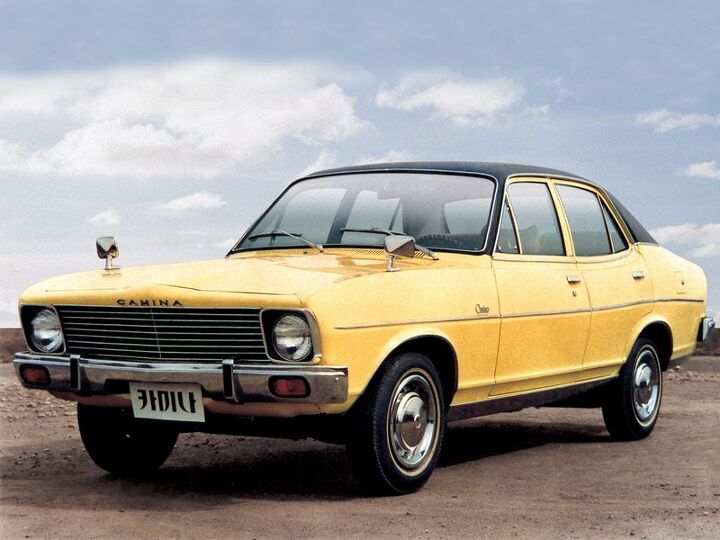

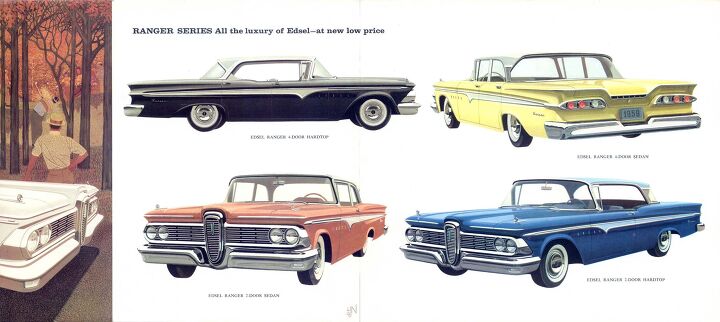
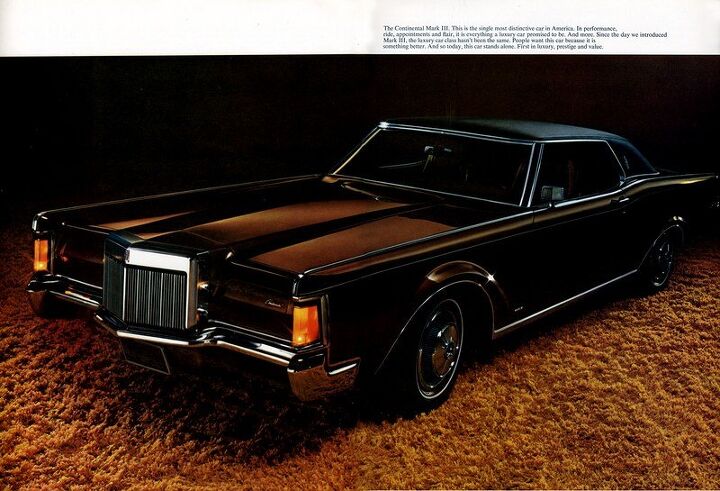
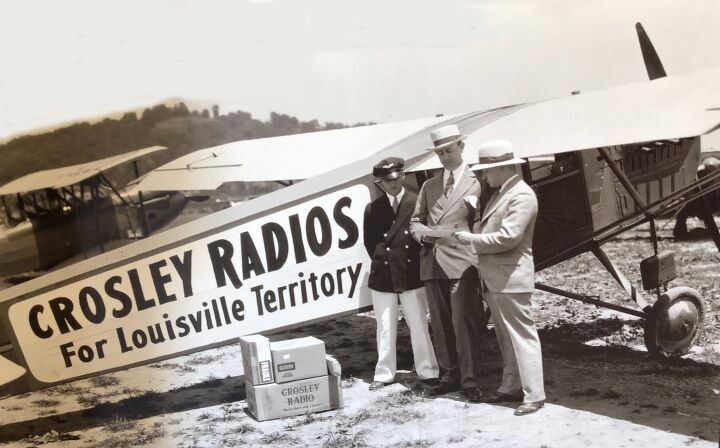
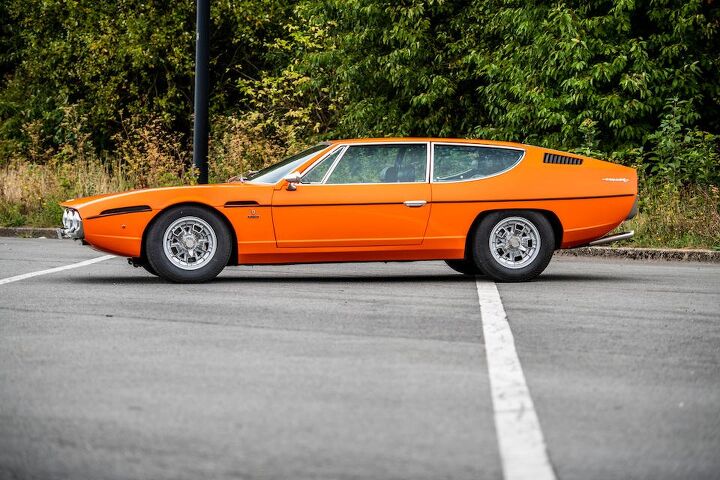
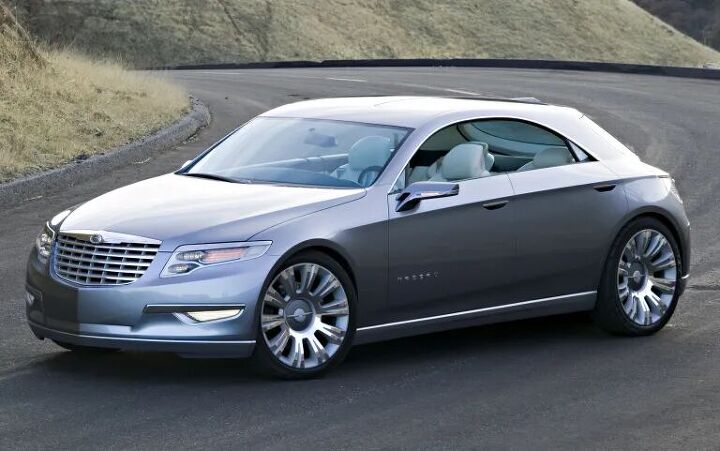

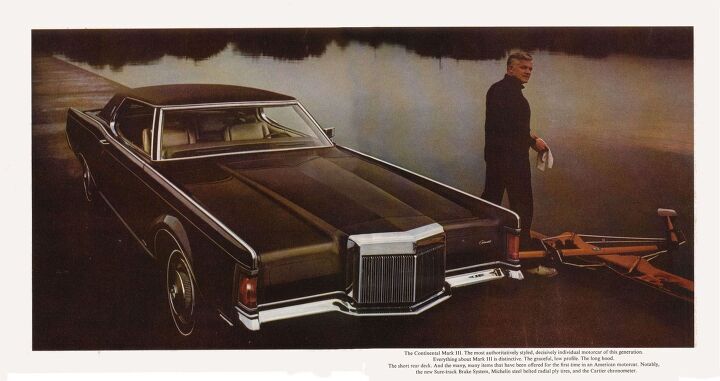
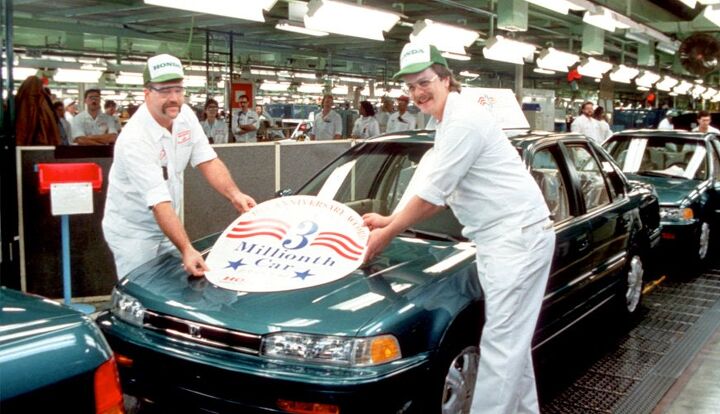


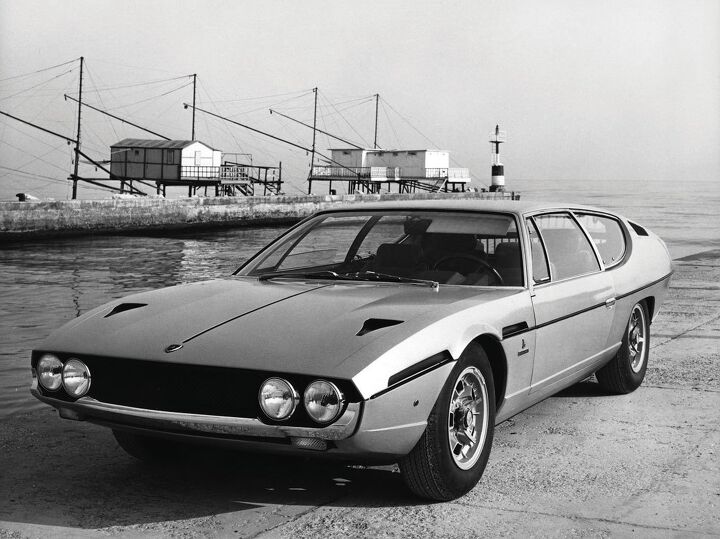

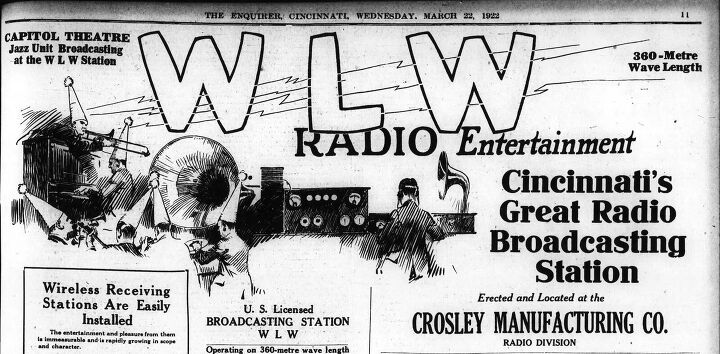












Recent Comments